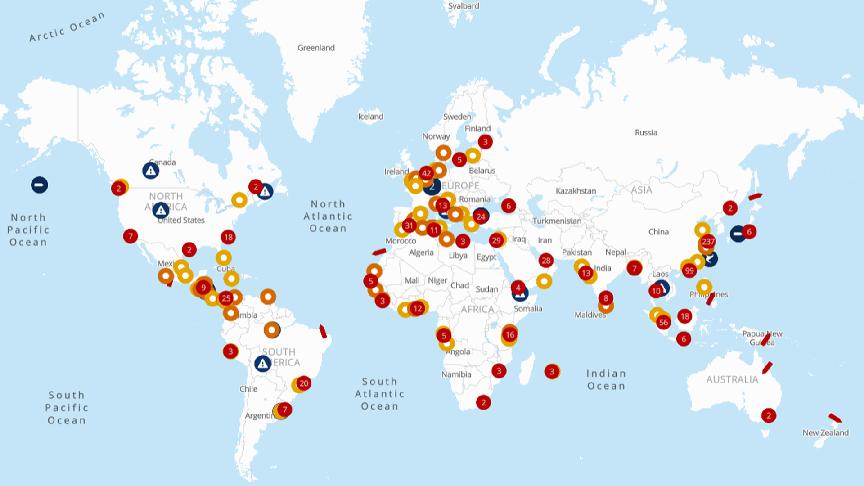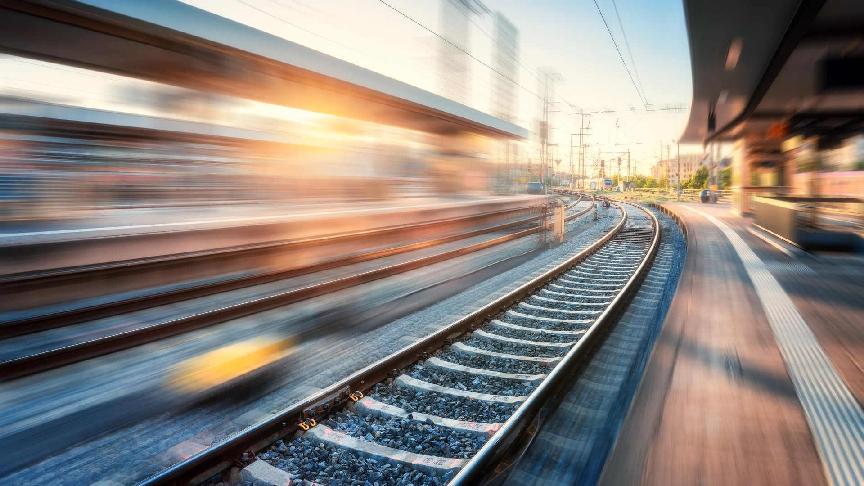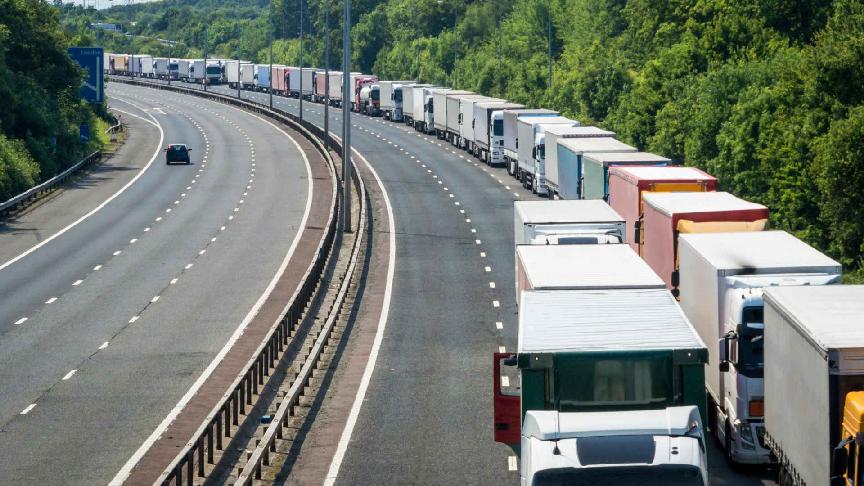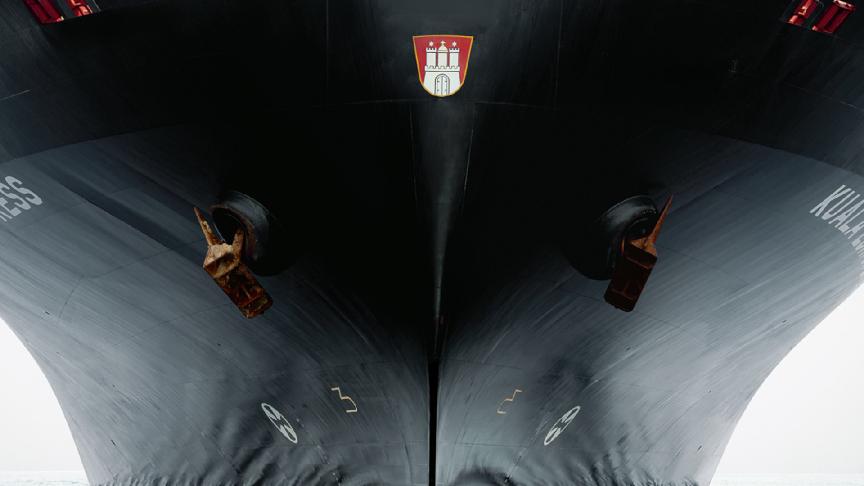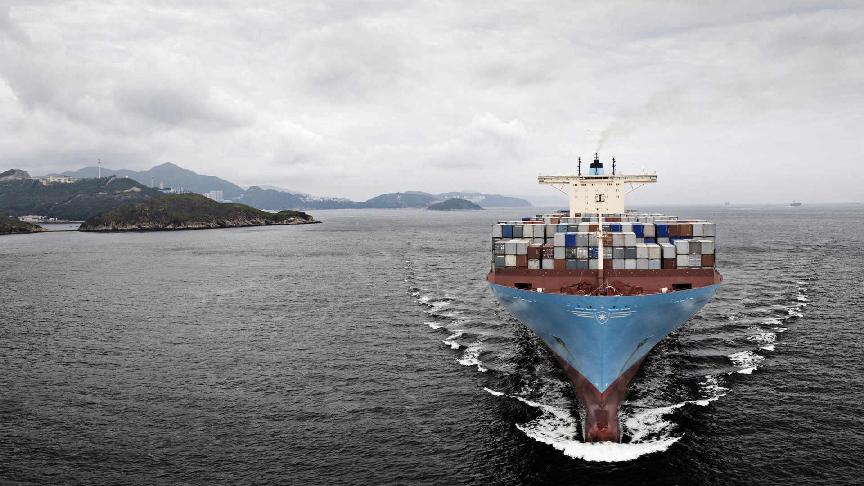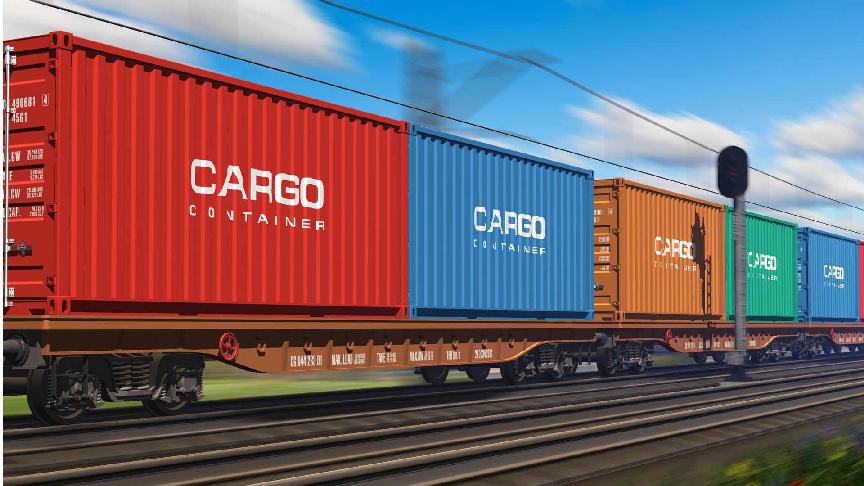Ever since the Port of Hamburg was founded in 1189, the Free and Hanseatic City of Hamburg has been one of the most important hubs for commerce in Northern Europe, allowing the development of a significant economy.
The relationship between maritime and cargo traffic and the Free and Hanseatic City of Hamburg has always been reciprocal, and currently, the city lives in this interconnection like no other place in the world.
However, this development is currently threatened by the need for constant maintenance and renovation of old infrastructure. To tackle this challenge, the city plans to start several projects.
Reconstruction of the Köhlbrand Bridge
The Köhlbrand Bridge in Hamburg is an important infrastructure for the Port of Hamburg.
However, it has reached the end of its operational lifespan, and the city plans to replace it.
The city decided to construct a new bridge with higher clearance to accommodate larger ships, enhancing port accessibility and development.
According to the port's website, the new bridge is scheduled to open for traffic by 2040, while the existing bridge will continue to be maintained until then.
Environmentalists have raised concerns about the ecological consequences, particularly that impacting local wildlife. They are also concerned about the increase in carbon emissions during construction.
The concerns highlight the challenge of balancing economic development with the environmental friendliness of key infrastructural changes.

The Norderelbe and Suderelbe bridges
Facilities such as the Norderelbe Bridge, built during the 1960s, and the Suderelbe Bridge, built between 1938 and 1965, need to be modernised. Local media claims that both bridge structures are dilapidated and have reached the end of their useful life.
The Norderelbe Bridge is Hamburg’s second-largest cable-stayed bridge, while the Suderelbe Bridge spans across the southern parts of the Elbe River and several railway tracks connected to the Port of Hamburg.
The Autobahn GmbH conducted multiple inspections on the Norderelb bridge last week, but the results are not expected until October.
The City of Hamburg plans to replace the Norderelb and the Suderelb bridges as part of the eight-lane expansion of the A1 between the Hamburg-Südost junction and the Harburg interchange.
The most significant impact of such a project is anticipated in the eastern side of Hamburg, where construction and traffic delays risk creating problems for nearby motorways.
Furthermore, some of the city’s key connections with the rest of Germany are partially disturbed due to several projects, such as the construction of Highway A20 in Schleswig-Holstein or the A26-East Port Passage, which is intended to connect A1 and A7 through the Hamburg Port area south of the city centre.
Delays in crucial infrastructure projects could risk Hamburg losing its status as a logistics hub and could result in severe traffic congestion throughout the port and the city.


